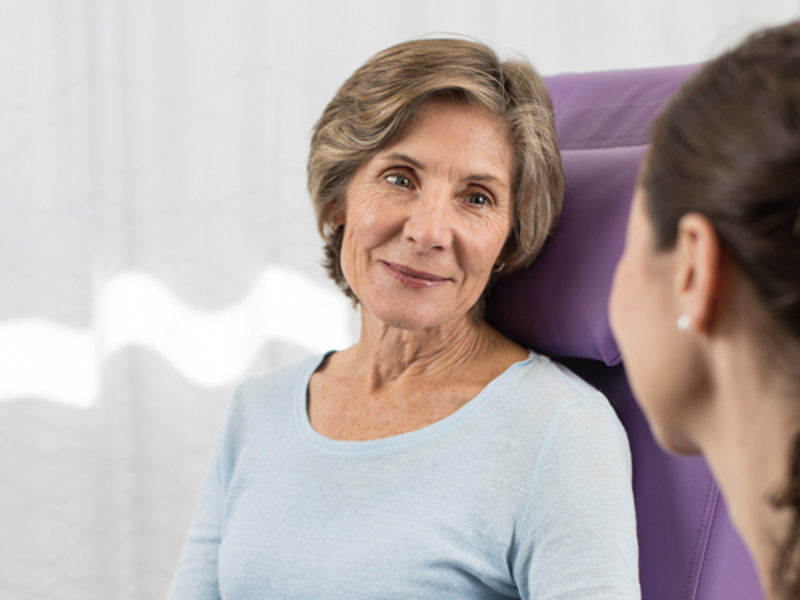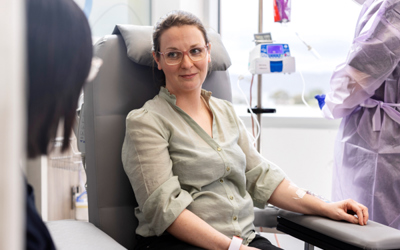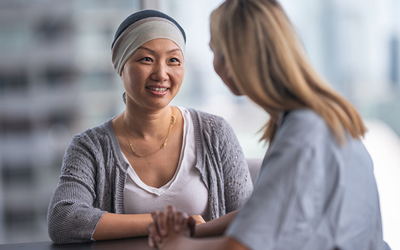What are skin and nail changes?
It’s very common to develop skin and nail reactions as a result of your chemotherapy treatment. The majority of intravenous and oral chemotherapy can cause some mild to moderate skin reactions. You may experience dry skin, rash, photosensitivity, nail problems and hyper-pigmentation.
What causes skin and nail changes during cancer treatment?
Cells that rapidly divide and grow are the most affected by chemotherapy, which includes your skin and nails. These effects depend on the chemotherapy drug, the dose and length of treatment and if you are having other treatments.

What are the signs and symptoms of skin and nail reactions?
Skin dryness is particularly common, which you may experience as scaly, red, flaky, tight and itchy skin. The top layer of your skin may appear dry, flat and rough. Skin reactions are likely to be widespread across the face, hands, feet, neck, back and chest. Other skin effects include:
Increased sensitivity to sunlight
Changes in skin colour
Acne like rash
Chemotherapy drugs can also cause mild and temporary changes in your nails. Brittleness, grooving or discolouration can occur.
How can changes to your skin and nails be prevented or managed?
There are a number of strategies that you may find helpful to prevent or manage changes to your skin:
Use a moisturising cream or lotion daily to prevent moisture loss and restore moisture to the skin. Apply moisturiser up to two to three times a day after you shower or bath
Avoid using moisturising products containing lanolin, parabens and fragrance
Use bath oils after you shower or bath
Avoid using soap, particularly perfumed soaps
Wear sufficient protective clothing and apply sunscreen before going outside
Drink up to two to three litres of water every day to help keep the skin hydrated
Make sure your shower or bath is short and warm rather than long and hot
Wear cotton clothes if possible – wool and synthetic fibres can further irritate dry skin
Nail care during treatment should involve:
Avoiding cutting your cuticles
Wearing rubber gloves when doing dishes or housework
Avoiding use of artificial nails
Keeping nails short
When should I seek help from a health professional?
You should inspect your skin daily for any signs of redness, swelling or discomfort. Report any signs of redness immediately. Talk to your care team before using any over-the-counter preparations and remedies. If symptoms impact on your daily activities or sleep, you should speak with your care team. There are medications which may manage the effects.
Every patient is different, please discuss your own personal situation with your treating doctor of Icon care team.
Common side effects from chemotherapy
Skin and nail changes
Anaemia Appetite and taste changes Bleeding and low platelets (thrombocytopenia) Constipation Diarrhoea Feeling emotional Flu-like symptoms Hair loss Hand foot syndrome Infection Infertility Lymphoedema Mouth sores or ulcers Nausea and vomiting Peripheral neuropathy Sexual dysfunctionReady to discuss your care?
We’re here to support you through your treatment. Get in touch with us for more information about our centre and the services we offer.




